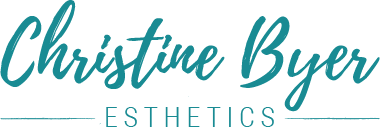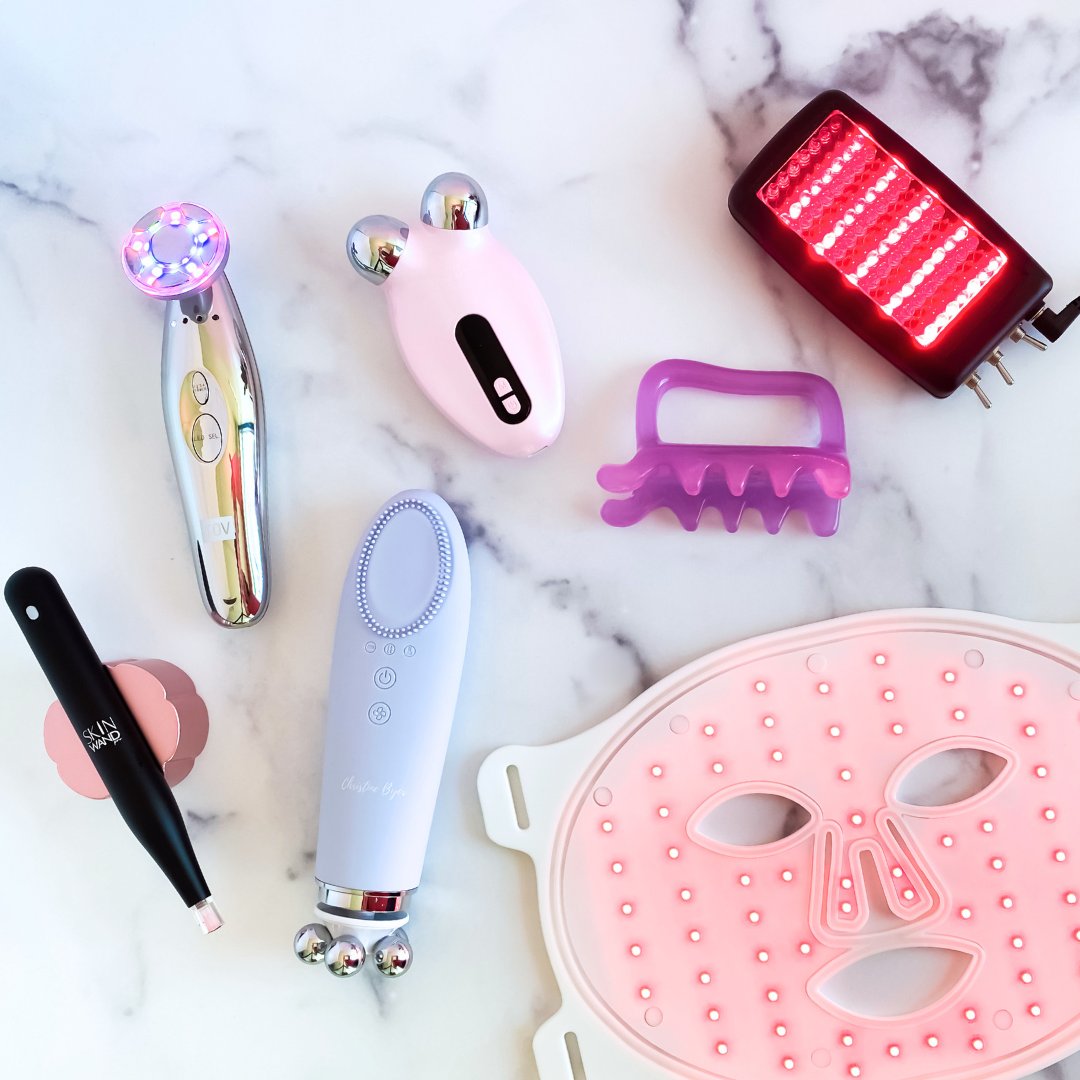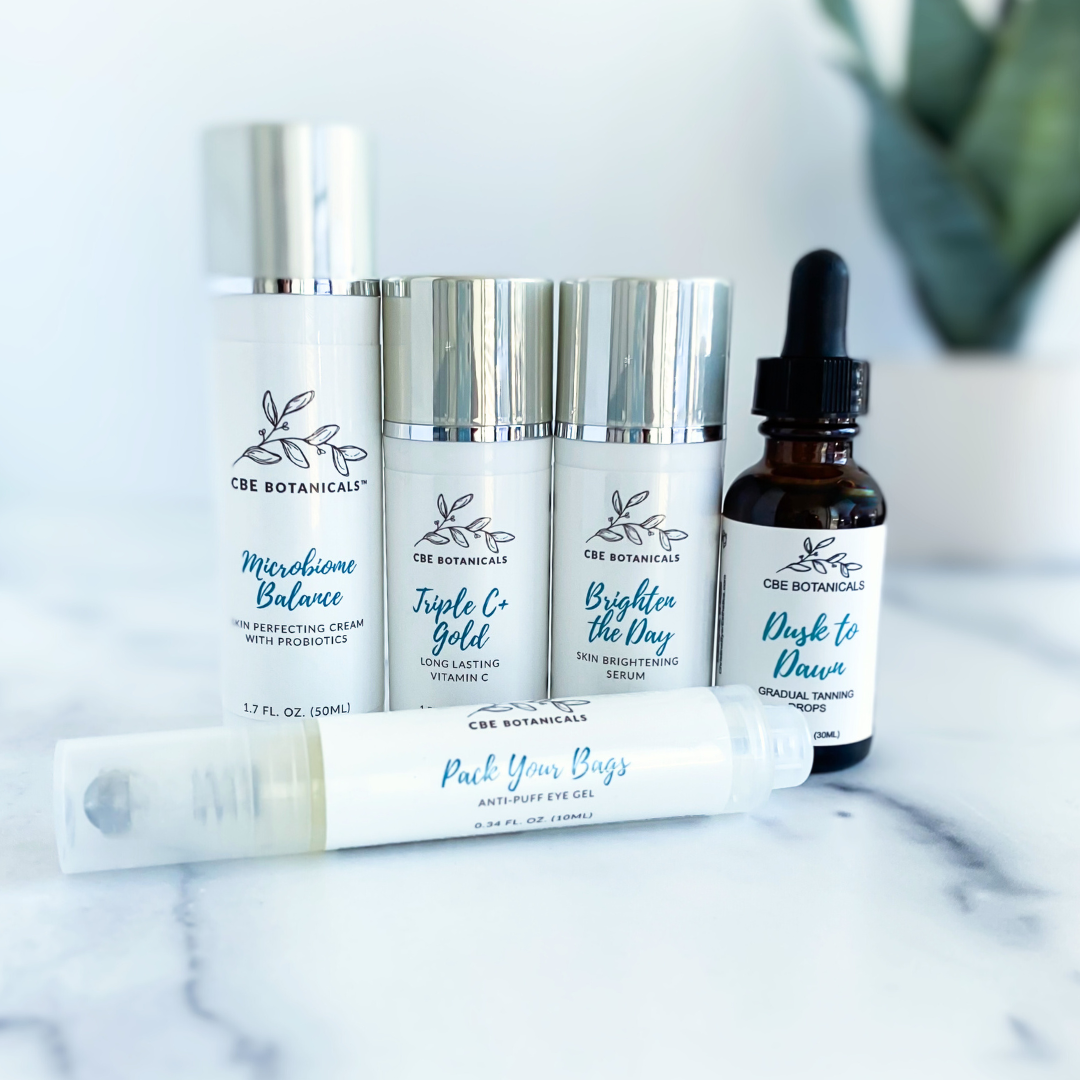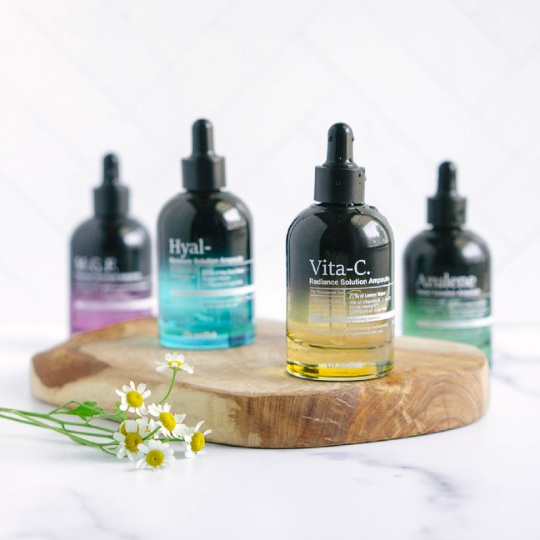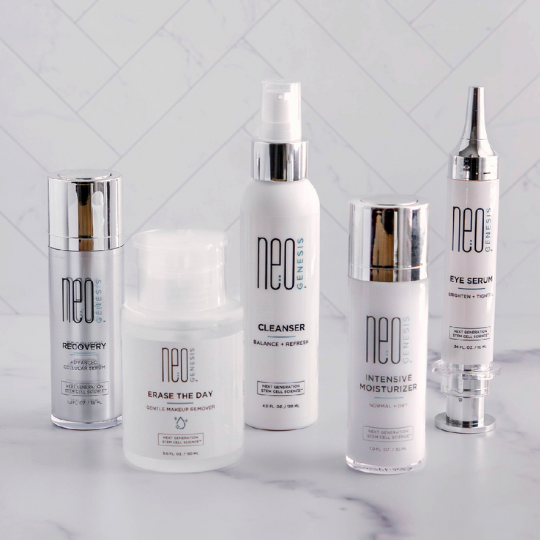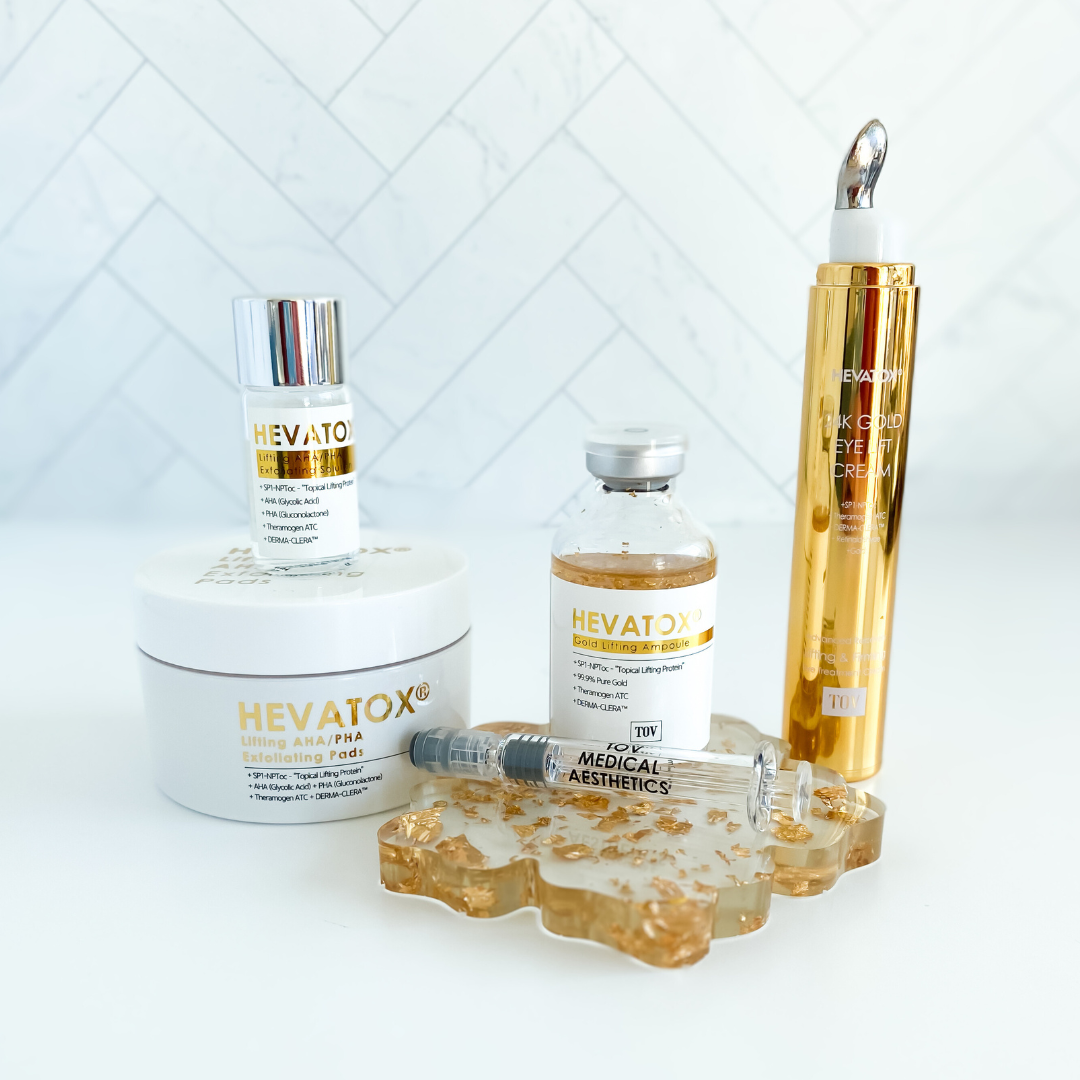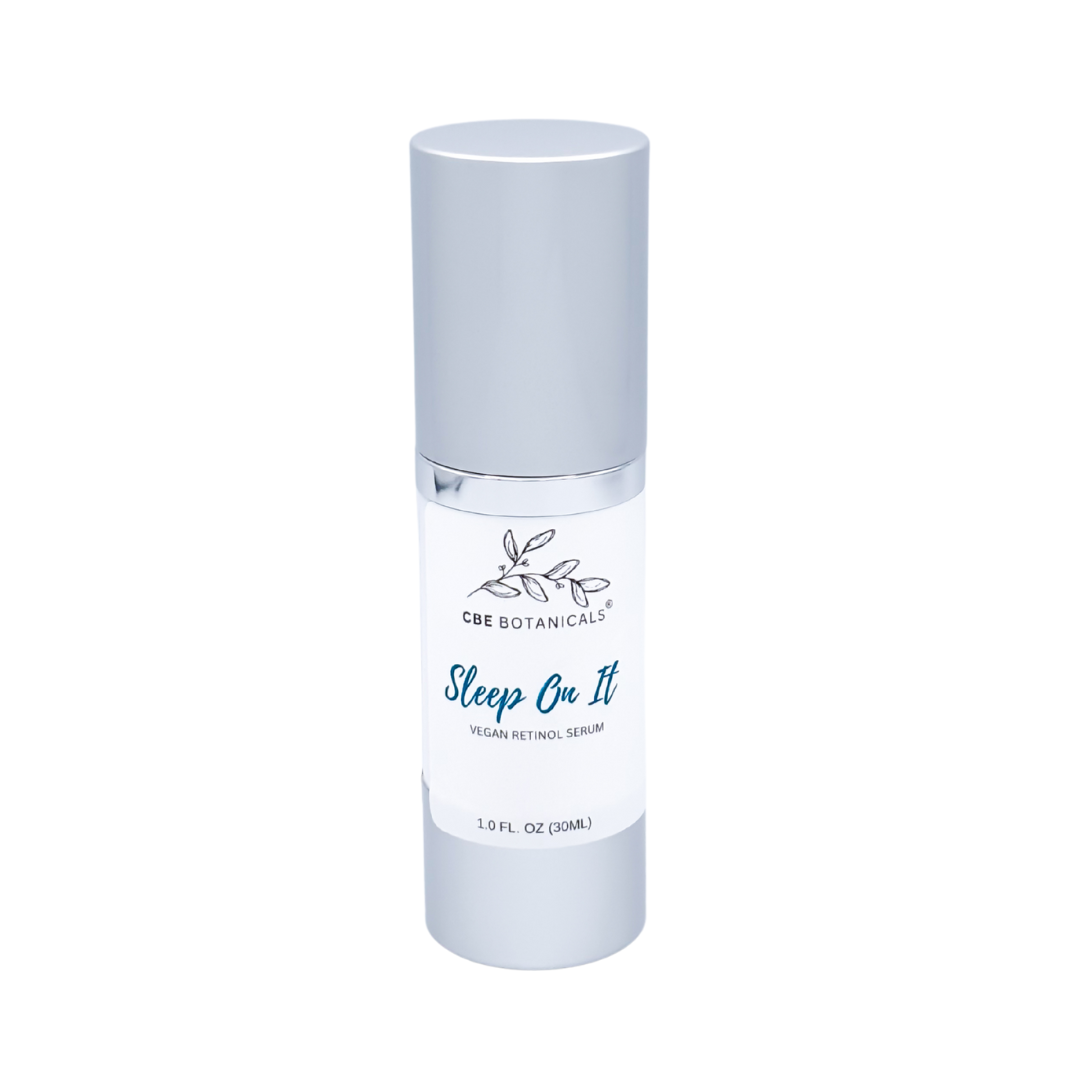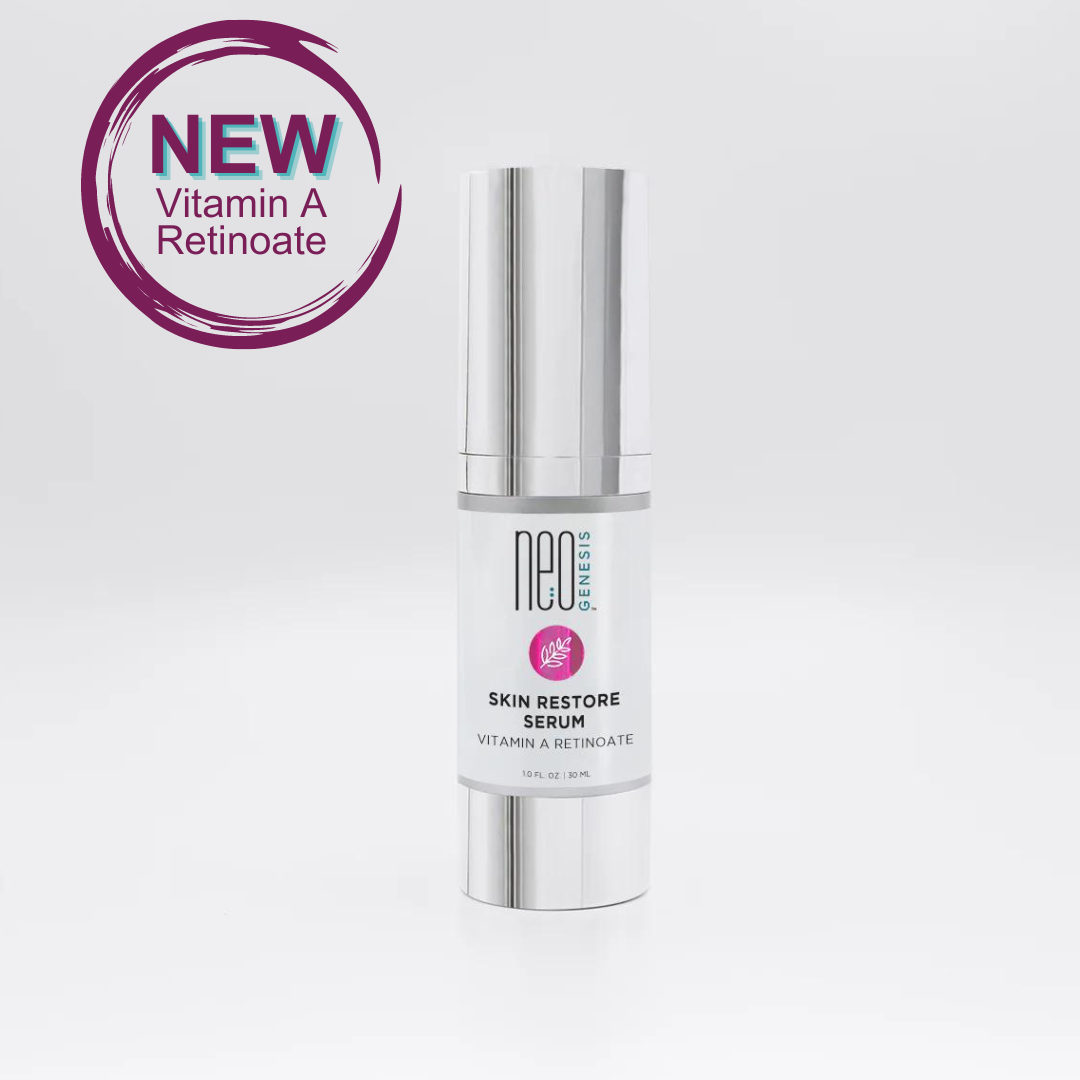-
Understanding Retinoids – Retinoids, derived from vitamin A, improve skin texture, clear pores, and boost collagen. Options include retinol (gentle, slower results), retinal (stronger), retinoate (balanced), and tretinoin (most potent, prescription-only).
-
Smart Retinol Use – Start with a milder retinoid if you have sensitive skin. Apply at night, moisturize after use, and be cautious around delicate areas like the eyes and mouth. Avoid using with skincare devices on the same day.
-
Sun Protection is a Must – Retinoids increase sun sensitivity. Always wear SPF 50+ daily to protect your skin and maximize results.
No matter your age or skin concern, using retinol is bound to come with some questions. Should you opt for a retinoid or retinol? Is tretinoin retinol? What even is retinol, anyway? Lucky for you, you’ve come to the right place for reliable answers. I’m Christine Byer, an award-winning master esthetician with over 20 years of experience. Along the way, I’ve seen plenty of retinoid confusion… plus a few serious retinol mistakes.
In today’s guide, I’ll break down the differences between retinoids like retinol, retinal, retinoate, and tretinoin (a.k.a. Retin-A). I’ll also share expert tips on how to make the most of retinol in your at-home skincare routine. Let’s get started!
What Are Retinoids, and How Do They Work?

Retinoids are a class of skincare ingredients derived from vitamin A — what I call the wonder vitamin. Vitamin A tackles multiple signs of unhealthy skin by working to clear clogged pores, fade pigmentation, smooth fine lines, and even plump wrinkles. In topical skincare, retinoids bind to specific receptors in skin cells as retinoic acid, accelerating cellular turnover and stimulating collagen production for a smoother, more even texture.
The Different Types of Retinoids
The magic of retinoids lies in retinoic acid, a metabolized form of vitamin A naturally produced by the body. The most common type of retinoid is retinol. Retinol is the alcohol form of vitamin A, which is converted into retinoic acid by skin enzymes through a two-step process. The similar-sounding retinal is the aldehyde form of vitamin A and only takes one step to become retinoic acid, making it more concentrated and faster-acting than retinol.
Tretinoin, another common retinoid, is a concentration of pure retinoic acid. There’s no conversion step — tretinoin can be used by the skin immediately, which makes it incredibly potent (a little goes a very long way!), and too harsh for some skin types. Retinoate, on the other hand, is often the middle-ground for more skin-sensitive folks. It converts into both retinoic acid and retinol to offer instant and delayed skin benefits.
Here’s a quick cheat sheet to help tell the different types of retinoids apart:
- Retinol: Most common over-the-counter retinoid, which is gradually absorbed by the skin in a two-step process. More easily tolerated, but can take longer to produce results.
- Retinal (Retinaldehyde): More potent because it only takes one step to become retinoic acid. Used at a lower percentage than retinol and can cause more skin irritation.
- Retinoate (Retinyl Retinoate): Middle ground for all skin types. Simultaneously converts into retinoic acid and retinol on the skin, offering both instant and delayed benefits.
- Tretinoin (Retinoic Acid/Retin-A): Concentration of pure retinoic acid often prescribed for acne treatment. Extremely potent and can cause skin peeling and irritation.
Pro Tip: Follow along as I break down the differences between retinoids like retinol and Retin-A in this much-requested YouTube video.
Tips and Tricks for At-Home Retinol Use
Unsure how to use retinol in a way that’s safe and effective? You know I’ve got you covered! Take a look at my insider secrets for incorporating retinoids into your at-home skincare routine, complete with product recommendations that make it easier than ever to see results.
Start With a Gentler Retinoid
If you’ve never used retinoids before or you have more sensitive skin, do not come in guns blazing and ask your dermatologist for a tretinoin prescription. This mega-potent ingredient can cause severe dryness, flaking, and peeling — plus skin purging, an acne-like breakout where trapped impurities are brought to the surface, temporarily worsening the complexion. Instead, begin with a gentler retinoid like retinol or retinoate.

My favorite way to apply retinol is with the CBE Botanicals Sleep On It Retinol Serum. This powerful but skin-loving retinol serum features encapsulated vitamin A and samphira wax, a botanical retinol alternative from sea fennel, which makes it gentler on the skin. I also love the NeoGenesis Skin Restore Serum, which is formulated with retinoate for less skin irritation.

Pro Tip: It’s all in the name — “Sleep On It!” Apply the CBE serum and other retinol products at night before bed for proper absorption and to limit contact with UV rays (more on this below!).
Be Careful Around the Eyes and Mouth
While I love retinol cream for treating dark undereye circles, I’ll also be the first one to tell you that the thinner skin under the eyes and around the mouth needs a more sensitive retinoid to avoid making the issue even worse. So, if you’ve been debating tretinoin vs. retinol for raccoon eyes, the answer is to go with a gentler retinol cream.

I prefer the Dr.esthé C. Tox Retinol Eye Cream to pack a punch of vitamin A and hydration all at once. This eye cream is formulated with two patented ingredients — Lift Oleoactif© and Look Oleoactif© — plus 3% caffeine, 0.01% retinol, and avocado fruit extract. The result? Depuffed, brightened, and lifted undereyes! If you have fine lines around your mouth, you can go ahead and apply the C. Tox Retinol Eye Cream there, too.
Moisturize After Every Application
Dry and flaky skin are the most common retinol side effects. So, I always recommend following retinol or any retinoid application with moisture-locking products. I find the best results with the CBE Botanicals 4D Quench Hyaluronic Serum, which is lightweight enough to be used twice a day. If you prefer something thicker, opt for the NeoGenesis Intensive Moisturizer, an extra-rich formula designed for those who need more moisture.
Pro Tip: Always let retinoid formulas absorb fully into the skin before moisturizing! Wait at least 10 minutes after applying retinal, retinoate, or tretinoin (which absorb quickly) and 20 to 30 minutes after applying retinol (which absorbs more slowly) to avoid diluting the product.
Avoid Overworking with Devices
Overworking with skincare devices is one of the top mistakes to avoid when using retinol. That’s because devices like the Clareblend Mini Microcurrent or Skin Wand Pro can push retinol further into the dermis than intended and seriously irritate the skin. I recommend applying retinol or a similar retinoid on opposite days from using devices, or using the two at least 12 hours apart.
Never Skip Sun Protection

Retinoids are known to make the skin more photosensitive, or more vulnerable to UV damage from sunlight. Retinoids not only accelerate cell turnover, creating fresh layers of skin, but actually absorb certain UV rays that harm skin health. That's why I recommend you apply retinol at night, never in the daytime hours.
However, that also means proper sun protection is non-negotiable with retinol use. If you’ve read a few of my blogs, you know I love Korean sunscreen for the most skin-friendly, advanced SPF formulas! I recommend the Dr.esthé Sun Protection Ultra Repair SPF 50 for sensitive skin and Dr.esthé Sun Protection Cream SPF 50 for ultra-hydrating protection. No matter which sunscreen you choose, apply it to your face, neck, and décolleté as the final step in your daytime skincare routine.
Level Up Your At-Home Skincare with the Right Form of Vitamin A
Retinol, retinal, retinoate, tretinoin… although they sound maddeningly similar, each retinoid has its own unique benefits and drawbacks. If you still feel unsure about which one’s right for your skin, the Christine Byer Beauty Club is here to help! Join for personalized support, where I’ll answer your retinol questions and help you craft the perfect at-home routine for your skin concerns. You can even win a FREE consultation with me.
Join the Christine Byer Beauty Club today for a complementary 14-day preview, and if you don’t find value in your membership, cancel it within 14 days at no charge. Let’s make your skin glow — together!
